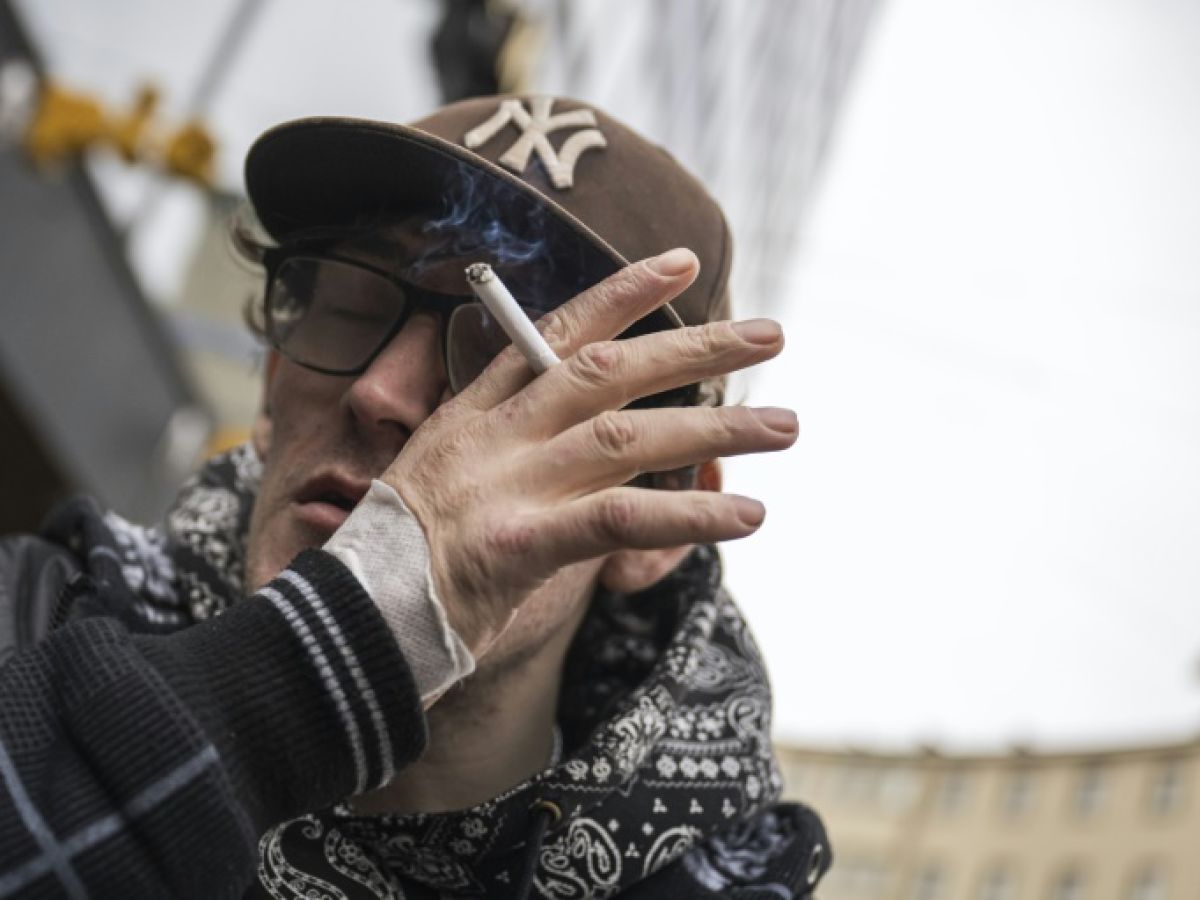At a busy intersection near the centre of Helsinki, even drug addicts interviewed by AFP acknowledge that Finland is facing a serious drug problem, particularly among young people.
This scourge has reached an unprecedented level, says a man in his thirties, who gives his name as Stefano.
In 2023, this small Nordic country of 5.5 million inhabitants recorded 310 deaths by overdose, including more than 80% of men, according to figures from the Finnish Statistics Agency.
Young people under 25 years of age represent a third of these deaths (91).

"The situation has become unbearable," Annuska Dal Maso, head of the A-Clinic Foundation in the Finnish capital, an NGO supporting drug addicts, laments to AFP.
She is concerned about the imminent arrival of strong opioids in Finland, and believes that the country is not equipped to deal with it.
Strong Opioids
"Fentanyl is already a problem in Estonia and it is only a matter of time before it hits Finland," she warns.

During the 2000s, buprenorphine, a powerful opioid sold under the name Subutex, and amphetamine were the most commonly used drugs in Finland, often mixed with alcohol and other drugs, says Pirkko Kriikku, a forensic toxicologist at the Finnish Institute for Health and Welfare (THL).
"Buprenorphine is the drug that causes the most deaths in Finland," she notes.
The reasons behind this trend are multiple: attitudes towards drugs have changed, hard drugs are more accessible and the mental health of young people has deteriorated.
According to the European Union Drugs Agency (EUDA), Finland ranks fourth among EU countries with the highest proportion of overdose deaths among under-25s in 2022, behind Slovakia, Austria and Luxembourg.

Between 1992 and 2022, the number of Finns who tried cannabis increased from 6% to 29%, according to THL.
The substances can be ordered with a few clicks on encrypted messaging services, "as easily as clothes," according to Ms. Kriiku.
But only 30% of strong opioid users are adequately monitored.
– “Ballots from one clinic to another” –
Finland's health and social care system is failing to meet the needs of young drug addicts, says Margareeta Hakkinen, chief physician at THL.

"People are being bounced from clinic to clinic, often waiting weeks for help, instead of being seen in one place," she said.
"Twenty years ago, Finland was a pioneer in drug harm reduction, but today we are lagging behind other countries," notes Hakkinen.
The government has allocated almost €11 million to a programme to be launched in 2025 aimed at preventing drug-related deaths among young people, and €7.5 million aimed at improving the lives of young people with drug addiction and violence problems.
The Finnish Institute for Health and Welfare advocates for the legalisation of low-risk consumption rooms, easier and faster access to proper follow-up, while reducing the stigma associated with drug addiction.
However, the "shooting galleries" still need to gain political ground. In 2022, Annuska Dal Maso submitted a petition to the Finnish parliament, calling on them to launch at least one experimental phase.

The right-wing government has not yet made a decision on the matter.
The situation is pressing: harder drugs have already appeared in the Nordic country, such as Flakka – a synthetic psychoactive substance that causes psychotic crises and hallucinations.
Krista and Osku, two people with a long history of addiction met by AFP, are worried.
"It's terrible to see the state people end up in. You lose everything you hold dear, (Flakka) takes away everything you love," Osku says.

